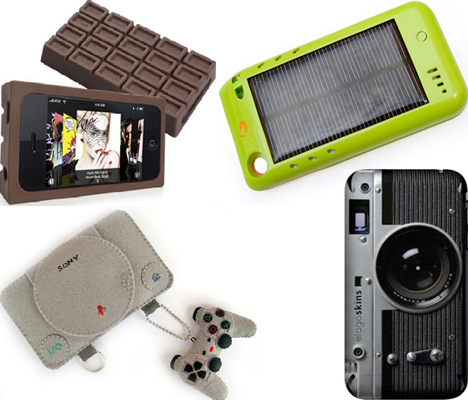
For every Apple enthusiast who sees utter perfection in the sleek, modern lines of the iPhone, there’s someone who sees it as the ideal opportunity for customization and self-expression. Whether you’d like to cover up that smooth plastic exterior with some goofy hand-sewn felt, add a case with its own built-in flash or make it self-sufficient with an incorporated solar panel, these 15 fun iPhone skins and cases definitely add personality and function.
Chocolate Bar iPhone Case
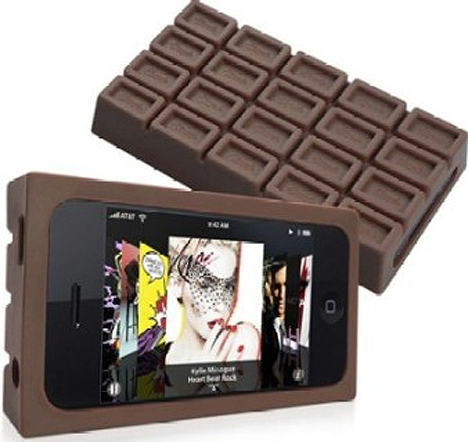
Just in case your appetite for chocolate isn’t already big enough, you can make it even harder to resist with the Chocolate Style Silicone case. With a texture that looks and feels like real chocolate, this iPhone case will get your stomach growling every time your phone rings.
Rotary iPhone
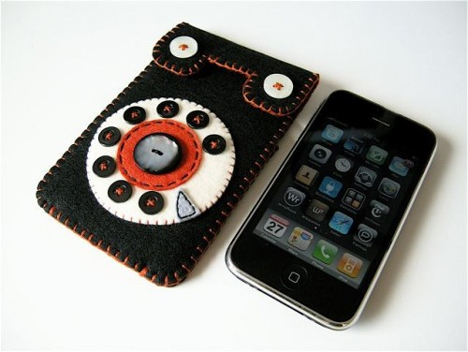
Not everyone digs the sleek and shiny aesthetics of modern gadgets – even though they like the gadgets themselves. This handmade felt case, spotted on Etsy, gives fans of retro style a fun rotary exterior to look at while maintaining all of those essential modern functions.
Trompe l’Oeil Camera Skin
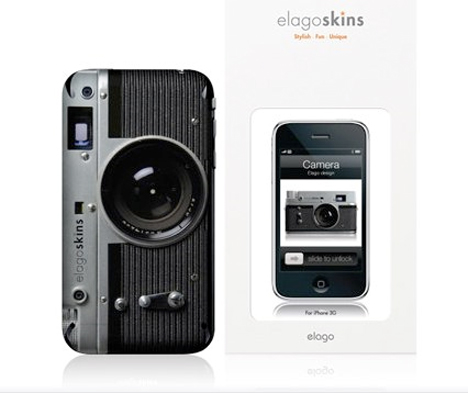
Many a photographer has begrudgingly admitted that the iPhone can actually take pretty cool pictures, but that doesn’t mean they’re ever going to abandon actual cameras. However, photography enthusiasts might get a kick out of this realistic-looking iPhone skin, which almost makes it look like the real thing.
Factron Changeable-Lens Camera iPhone Case
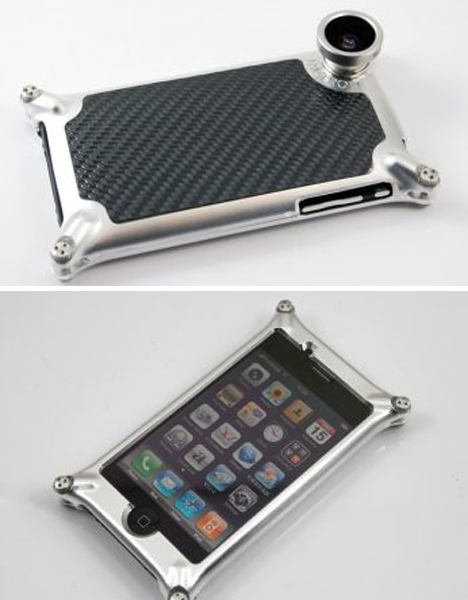
If you’re a photographer who would prefer to go beyond mere decoration and actually improve your iPhone’s photo-taking abilities, perhaps this case is for you – if you can get beyond the bulk and the $200 price tag. Interchangeable fish eye, wide-angle and close-up lenses attach to a metal and leather exterior that gives the light plastic iPhone quite a bit of extra heft.
Modern Sheet Metal Case
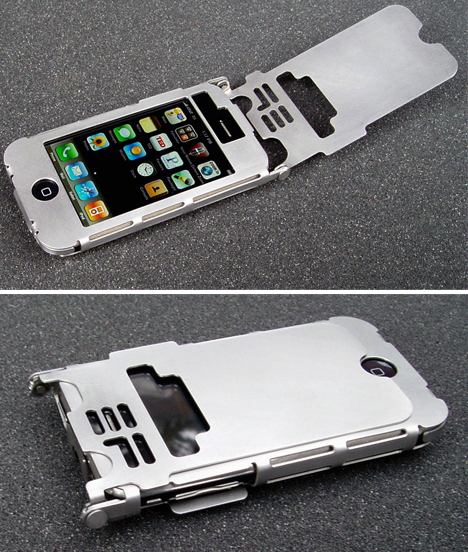
(image via: yanko design)
Sexy or ugly? Opinions vary greatly, but either way, this sleek steel iPhone case certainly gets people talking. It has silicone interior pads to cushion the phone and leaves all important features accessible including buttons and air circulation.
Beamer Case Has Built-in Flash
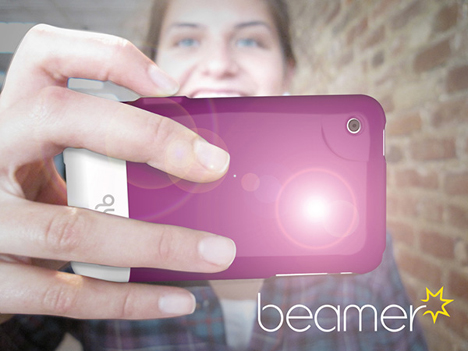
Yet another case for iPhone owners who love to take photos is the Beamer, a 2-piece plastic case with a built-in flash that can also be used as a flashlight. Press the button once for 10 seconds of light, or press it two times in quick succession to keep the light on.
Gameboy iPhone Case
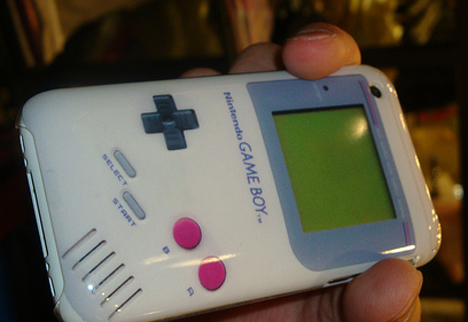
When this covetously geeky iPhone case was spotted in Japan, it instantly became an internet sensation with Nintendo lovers scrambling to figure out how to buy one. It’s hard to tell exactly where this Gameboy case might be available for purchase, but if you’ve got some time and dedication you can replicate it yourself with a tutorial from Instructables.
Playstation iPhone Case
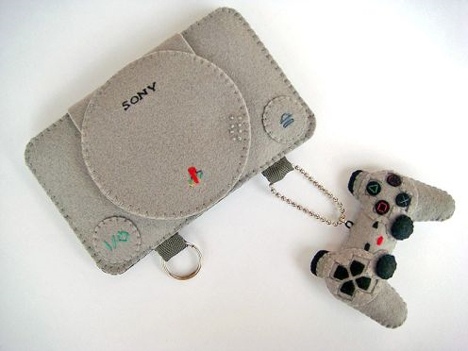
Assuming you don’t mind the ‘adorable factor’ of handcrafted felt, this awesome case is a must-have for iPhone-owning gamers. For just $20 you can get the console-shaped case, and another $7 scores the cute controller accessory.
Etch-a-Sketch iPhone Case
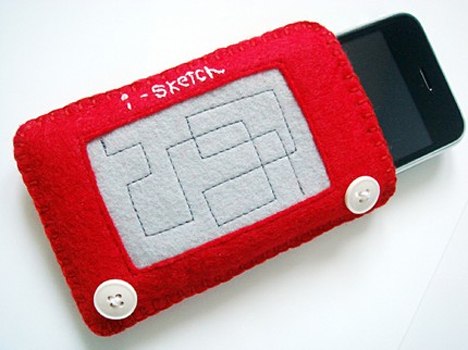
More on the fantastically cute hand-sewn felt front: this one, modeled after an Etch-a-Sketch. No word on whether you can get your sketch customized, but the same Etsy seller also offers a totally 80’s cassette design.
Solar iPhone Skin
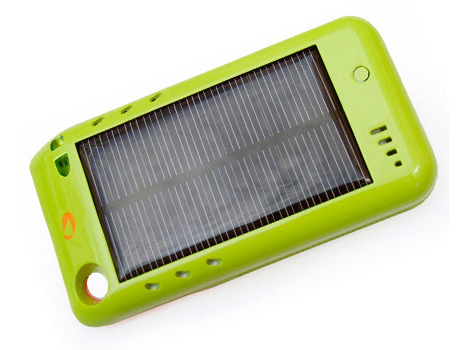
Why not put your iPhone skin to work for you and let it power your phone? The Solar Surge skin features an integrated solar cell that can fully charge your gadget with the power of the sun, giving you about 30 minutes of talk time on a 2-hour charge.
Bookshelf iPhone Skin
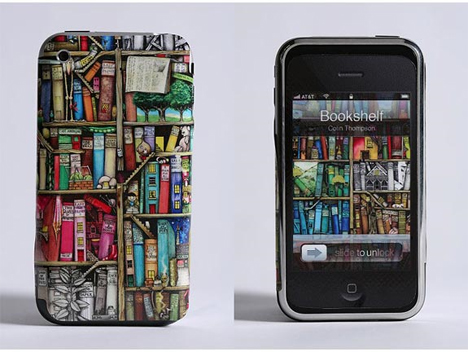
No matter what your taste in art may be, there’s likely an artistic iPhone skin out there that’s just right for you. This ‘bookshelf’ skin is just one of the many offered by Urban Outfitters.
Laser-Engraved Wood iPhone Case
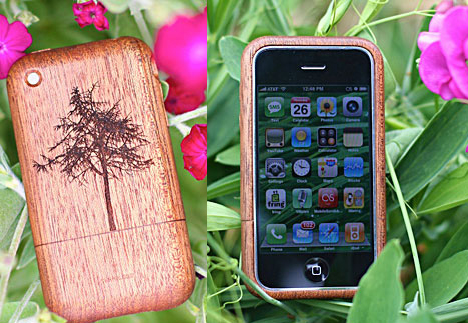
A plastic iPhone is hardly ‘natural’, so what’s a techie treehugger to do but find an earthy case like this wooden one by Engrave Your Tech. In fact, you can get any image you like laser-cut into the wood.
Hybrid Case Grips and Slides
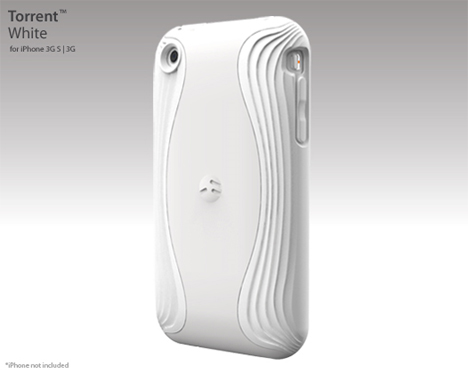
You want your iPhone to slide easily into your pocket, but it’s awfully annoying when you can’t seem to keep a good grip on it. Rather than drop it all the time, check out this slick hybrid case called “Torrent”, which features easy-to-grab sides.
Printable iPhone Skin
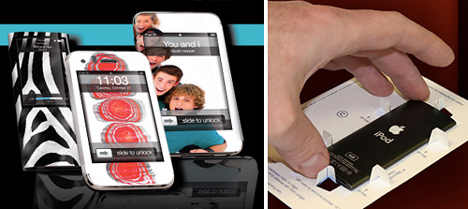
Sometimes, you just can’t find anything that’s quite your style. If you’ve got visions of getting your company logo or a personal photo emblazoned across the surface of your iPhone, a printable, customizable skin is the only way to go. IaPeel lets you print it from your home inkjet printer and has pop-up guides to ensure an accurate fit.
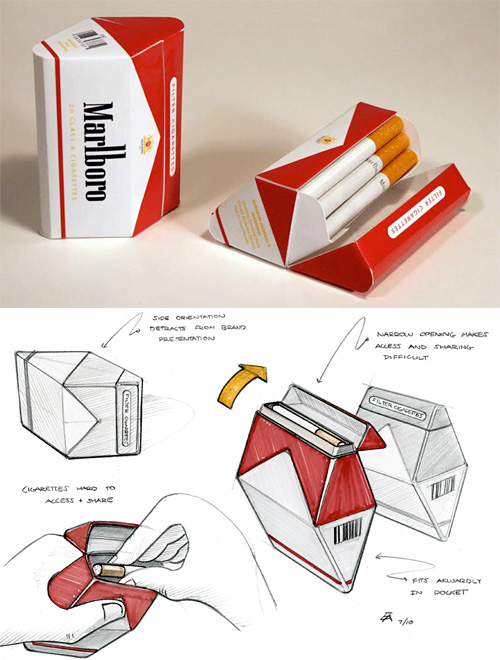


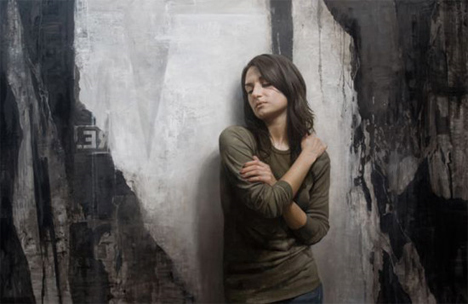


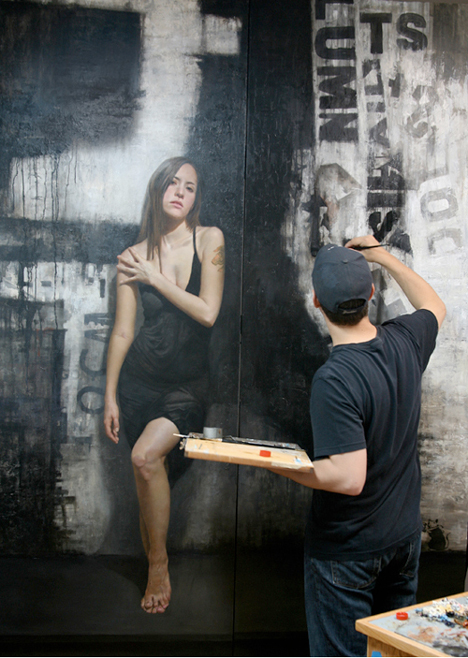























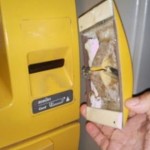

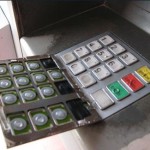
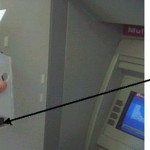

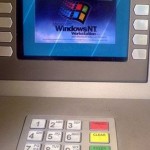
 Last week, the world saw Apple’s long anticipated tablet device, the
Last week, the world saw Apple’s long anticipated tablet device, the 




